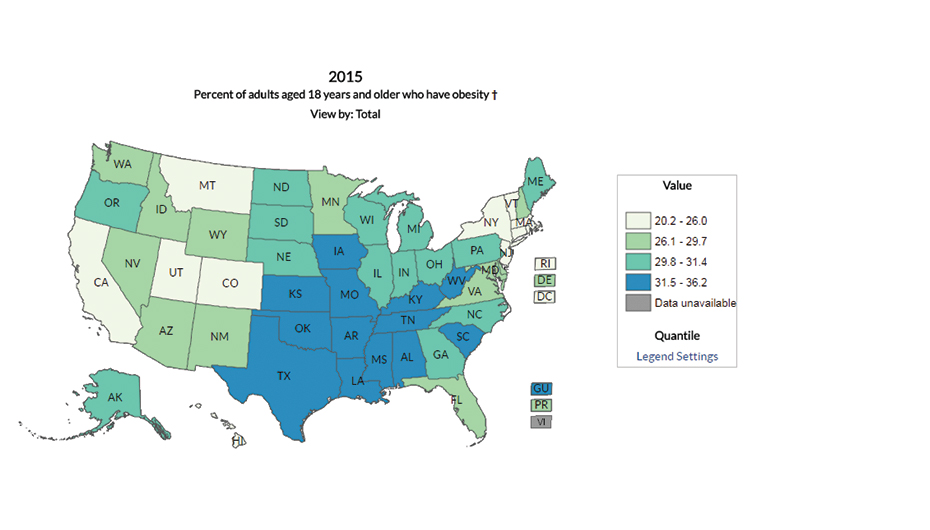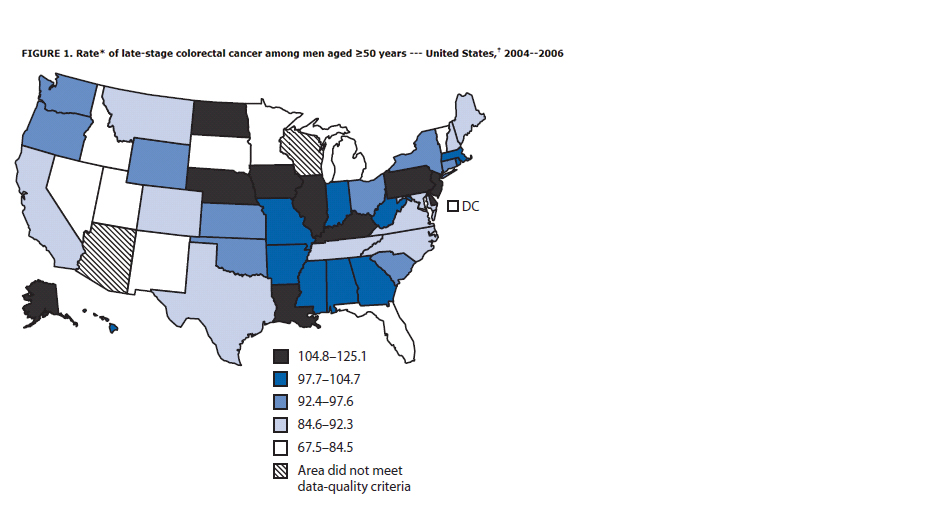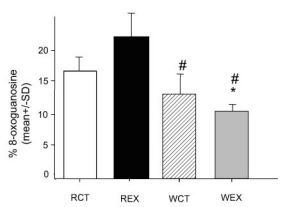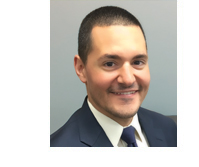Do you talk about the importance of nutrition and prescribe a personalized diet to every patient, regardless of health status, who walks into your clinic?
Of course, you do. Every functional medicine clinician understands the importance of nutrition. What you eat matters. It plays a role in your long-term health, wellness and ability to prevent chronic disease. No one would argue that.
Now, let me ask you this: Do you talk about the importance of physical activity and prescribe a personalized exercise program to every patient, regardless of health status, who walks into your clinic?
I start most of my medical education presentations asking the attendees these two questions. Usually, most of the clinicians in attendance do not answer “yes” to the second question.
Why is that?
I think the reason for this is because the mechanisms, prescription and benefits of daily activity and exercise are relatively unknown.
As seen in the following images from the Centers for Disease Control website, exercise is inversely correlated with rates of obesity, diabetes, cardiovascular disease and cancer.
EXERCISE:

OBESITY:

TYPE 2 DIABETES

CARDIOVASCULAR DISEASE

COLON CANCER
 * Images used were taken from the Centers for Disease Control website, cdc.gov
* Images used were taken from the Centers for Disease Control website, cdc.govExercise is more than just a correlation for disease prevention. As several recent studies have clearly documented, repeated, moderately stressful, continuous exercise can repair DNA through activation of DNA glycosylase (OGG1), the enzyme responsible
for repairing oxidative damage to guanine.1-3 Patients should take advantage of a lifestyle medicine behaviors that can repair DNA damaged by free radical stress. 
3. Sampath H, McCullough AK and Lloyd RS. Regulation of DNA glycosylases and their role in limiting disease. Free radical research. 2012;46:460-478
INACTIVITY AS A RISK FACTOR
Inactivity is just as predictive of a cardiovascular event as having hypertension, dyslipidemia, hyperglycemia and any of the other traditional biomarkers used to predict disease.4 This is a staggering fact, and proof that every clinician should be treating inactivity as seriously as they treat elevated LDL cholesterol. But the question remains, why is inactivity such a strong predictor of a cardiovascular event?
It is often thought that inactivity as a risk factor is intimately related to obesity. Physical activity certainly can be an effective calorie burner to avoid weight gain if performed frequently and for a sufficient amount of time. But the real smoking gun is not inactivity’s relationship to obesity, but rather the relationship between inactivity and chronic inflammation.
Inactivity is closely associated with the development of insulin resistance, type 2 diabetes and ultimately all the proinflammatory and proliferative risks that lead to chronic disease. The inactivity-induced insulin resistance is independent of that from weight gain, and therefore applies to the normal-weight component of the inactive population. Essentially, being at a healthy body weight but being inactive is a GREATER risk factor than being moderately overweight but active.
An important issue is that almost any kind of physical activity that is performed for 10 minutes or more several times each day is associated with maintaining insulin sensitivity. Whether resistance training, “aerobic”-type training, or just doing yard work or taking a brisk walk, regular and daily physical activities avoid inactivity-induced insulin resistance.
RECOMMENDATIONS
Exercise and physical activity should be discussed with every patient who walks into your clinic. As discussed above, it is an extremely powerful tool that provides benefits stretching far beyond weight control. Remember to stress with each of your patients that it doesn’t matter what they do or how they do it, just that they are active, every single day!
1.Zhang X, Tachibana S, Wang H, Hisada M, Williams GM, Gao B and Sun Z. Interleukin?6 is an important mediator for mitochondrial DNA repair after alcoholic liver injury in mice. Hepatology. 2010;52:2137-2147.
2.Piao MJ, Kim KC, Choi J-Y, Choi J and Hyun JW. Silver nanoparticles down-regulate Nrf2-mediated 8-oxoguanine DNA glycosylase 1 through inactivation of extracellular regulated kinase and protein kinase B in human Chang liver cells. Toxicology letters. 2011;207:143-148.
3.Sampath H, McCullough AK and Lloyd RS. Regulation of DNA glycosylases and their role in limiting disease. Free radical research. 2012;46:460-478.
4.Wei M, Kampert JB, Barlow CE, Nichaman MZ, Gibbons LW, Paffenbarger Jr RS and Blair SN. Relationship between low cardiorespiratory fitness and mortality in normal-weight, overweight, and obese men. Jama. 1999;282:1547-1553.
 | About Jonathan Cannizzo, MSc Jonathan currently serves as the CM Vitals Brand Manager at the Lifestyle Matrix Resource Center. Jonathan has worked as an exercise physiologist and dietician, helping prescribe and program lifestyle medicine at both Advocate Health Care and Cenegenics Chicago. He earned his Masters of Science in Cell Biology and Biochemistry with a focus on chronic disease progression from Northeastern Illinois University and his Bachelor of Science in Exercise Science from the University of Central Oklahoma. As a graduate assistant at Northeastern, Jonathan was the primary author of chapter 6, Cancer, in the text, Diet, Exercise and Chronic Disease: The Biological Basis Behind Prevention. | |
Join Jonathan Cannizzo, MSc at the upcoming Crossroads of Cardiovascular Care Conference
 |
 |




